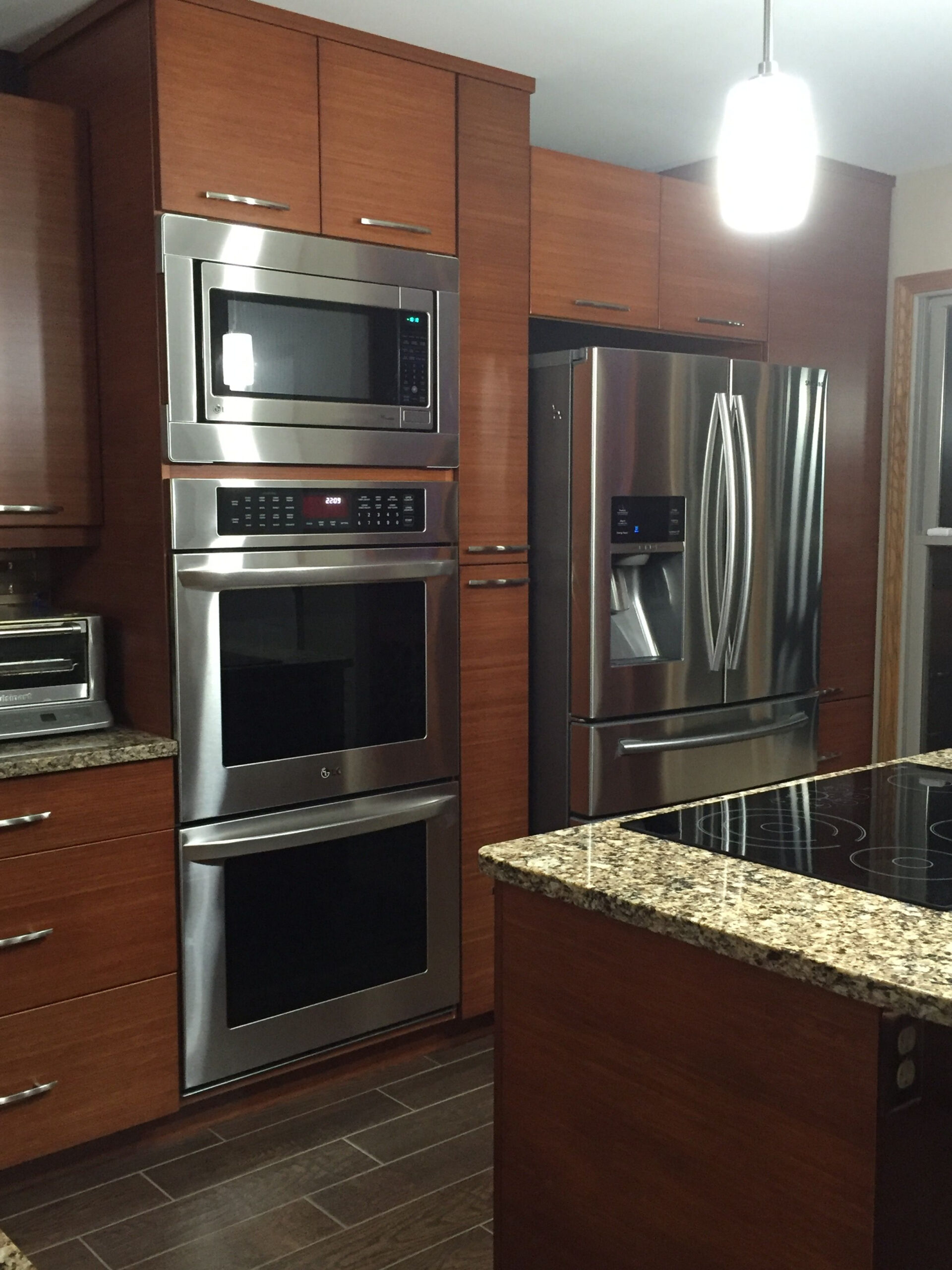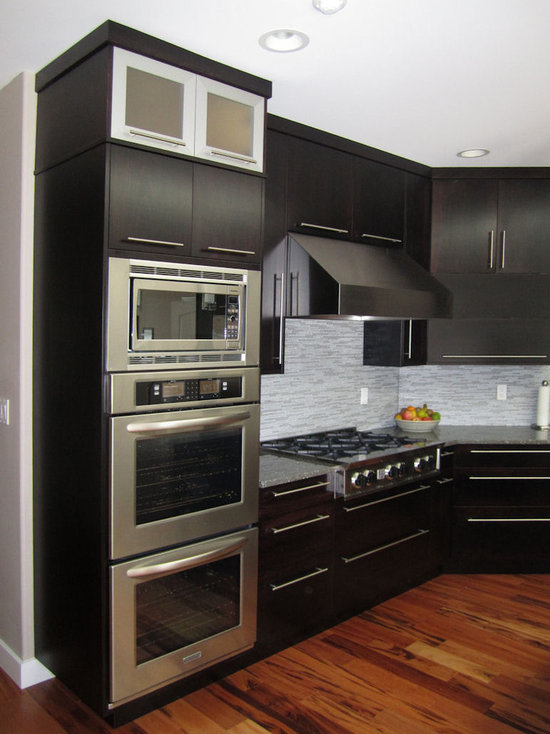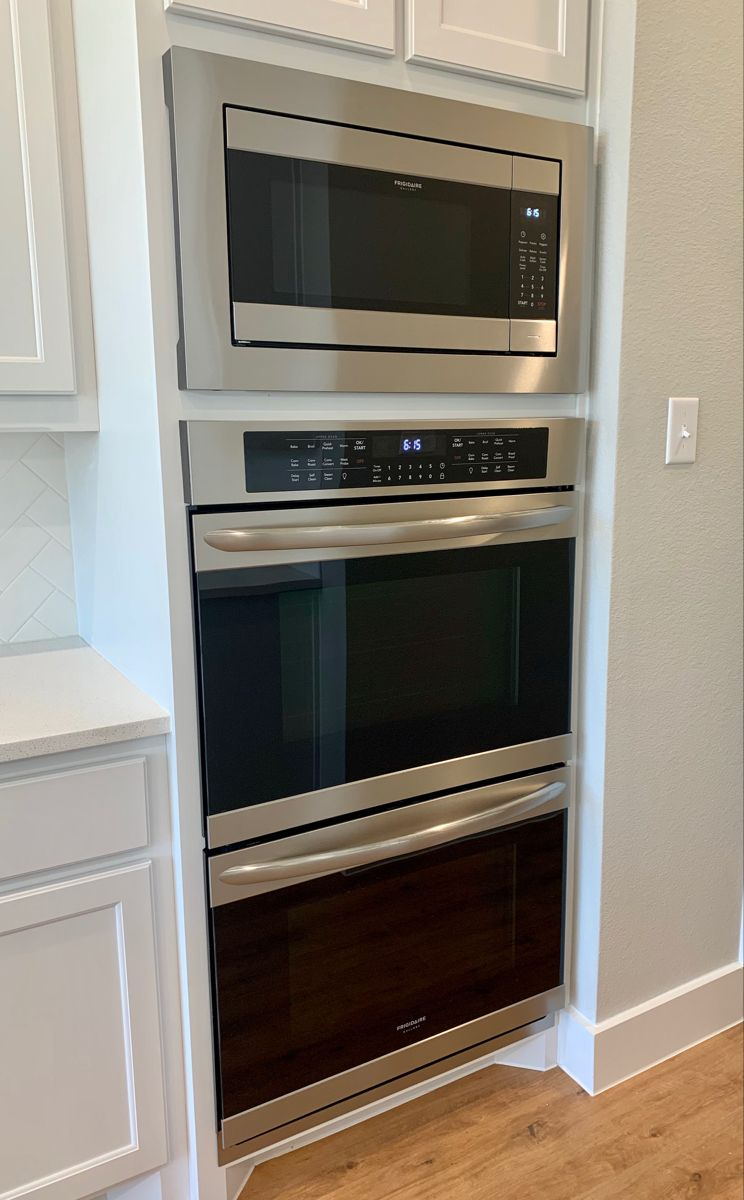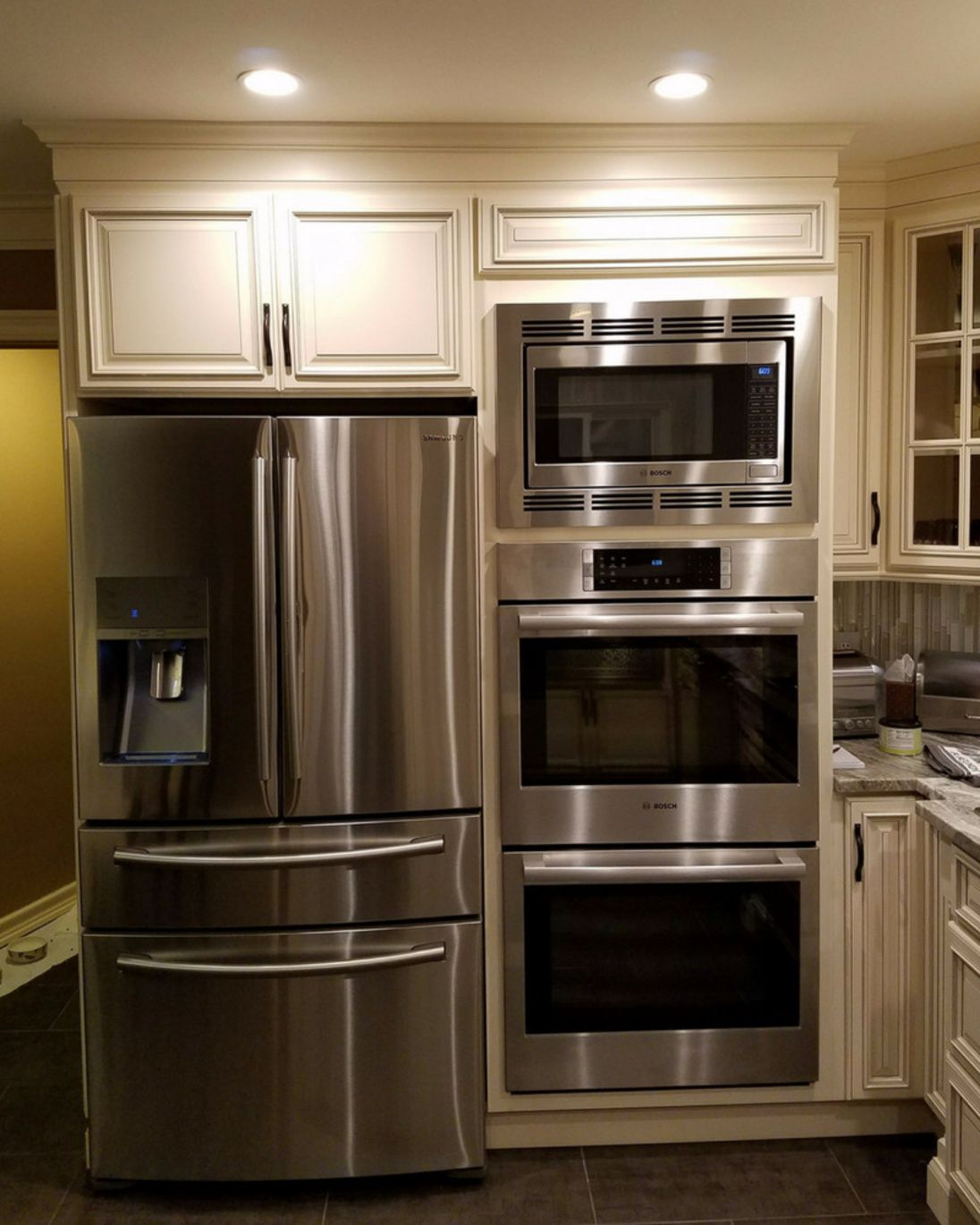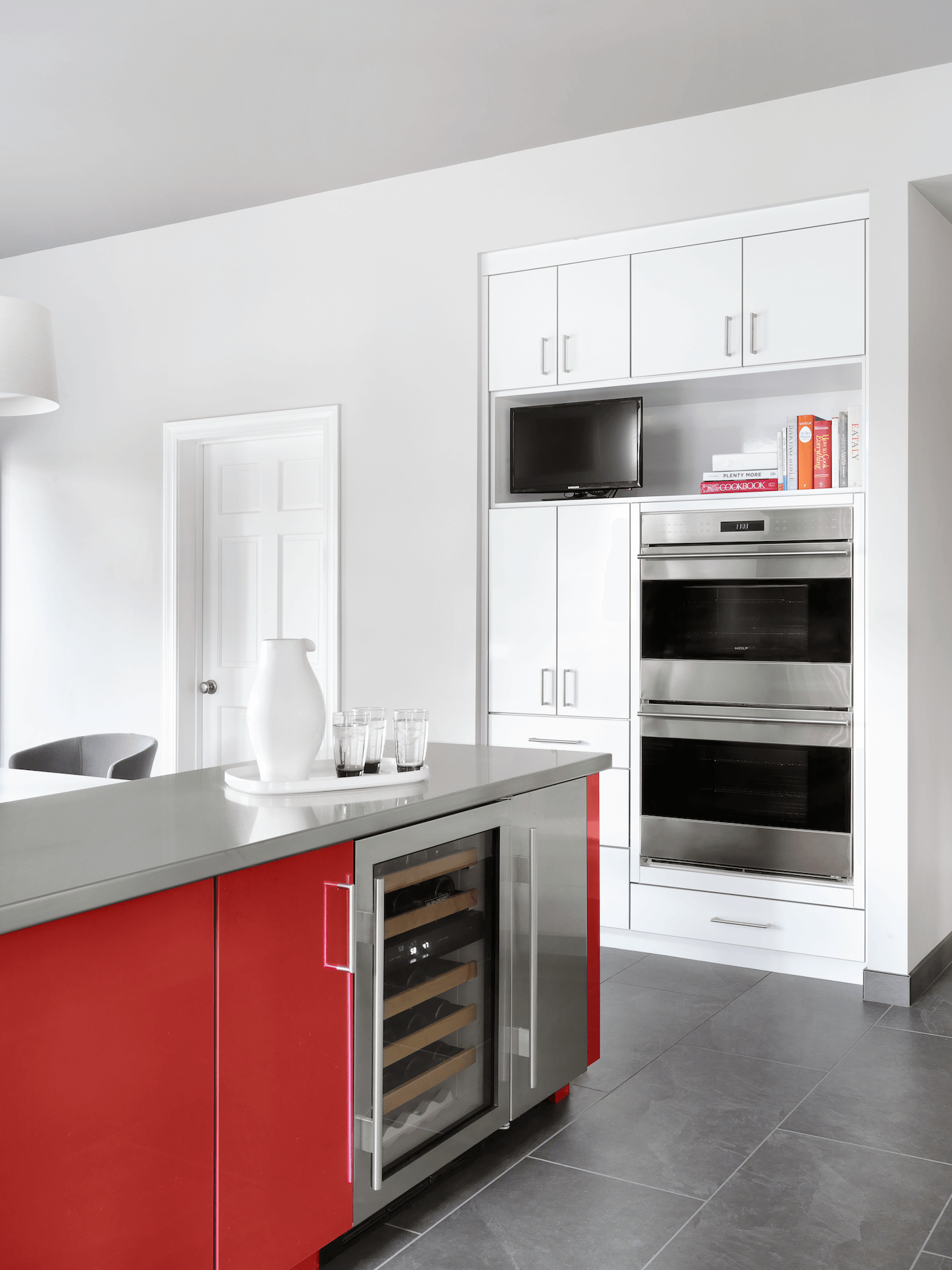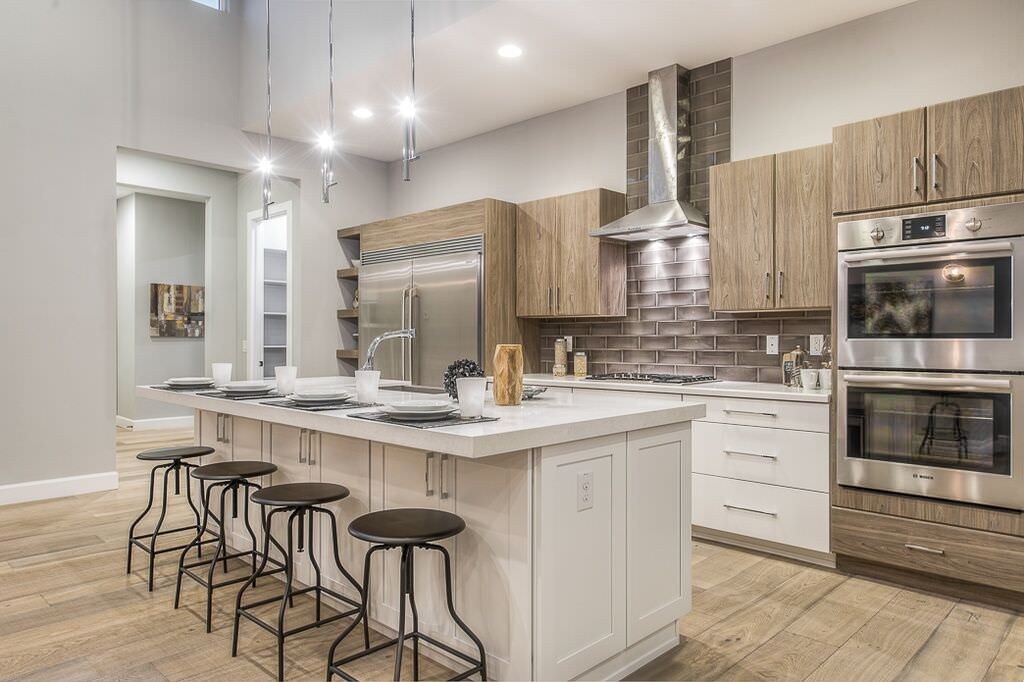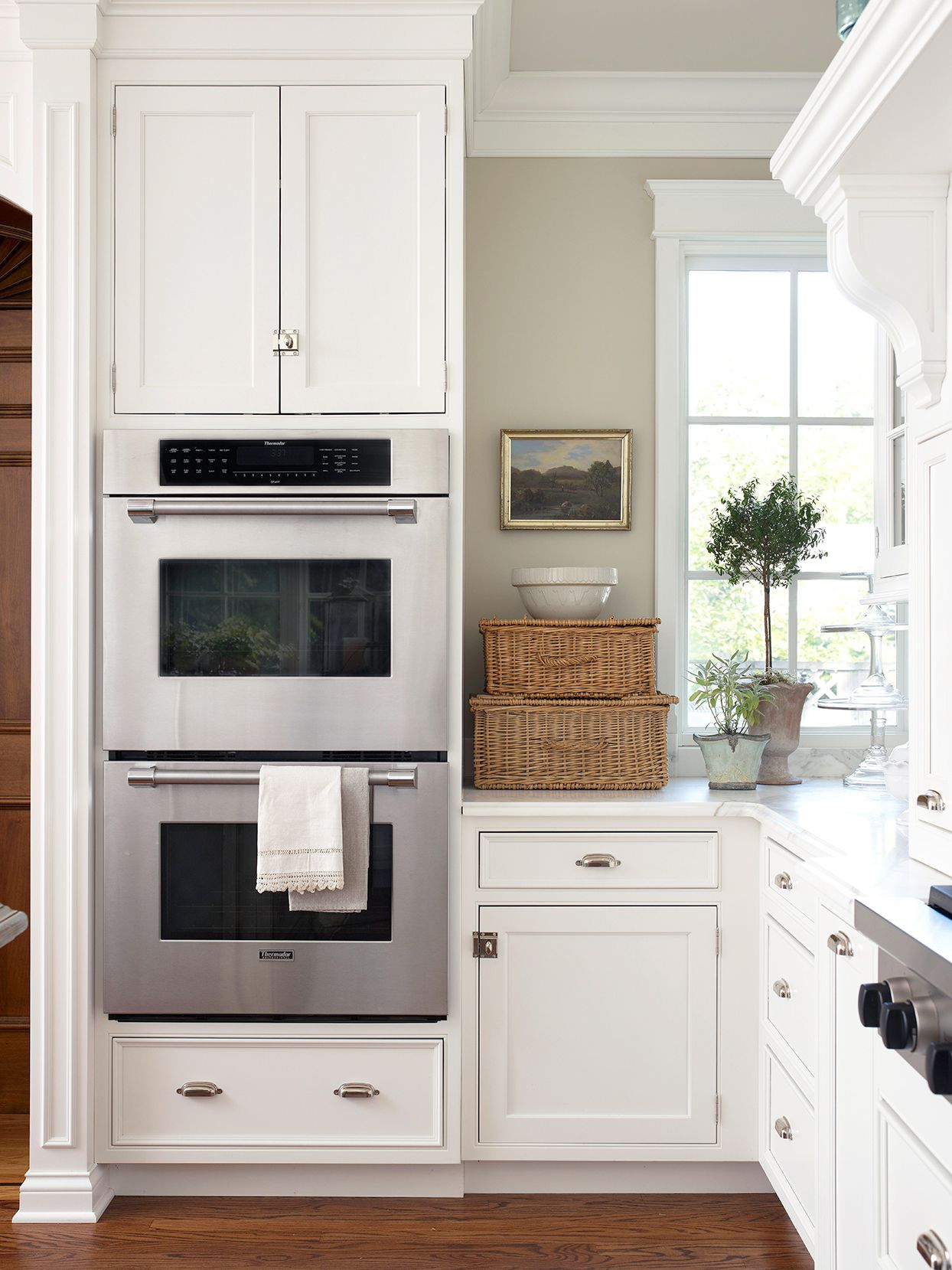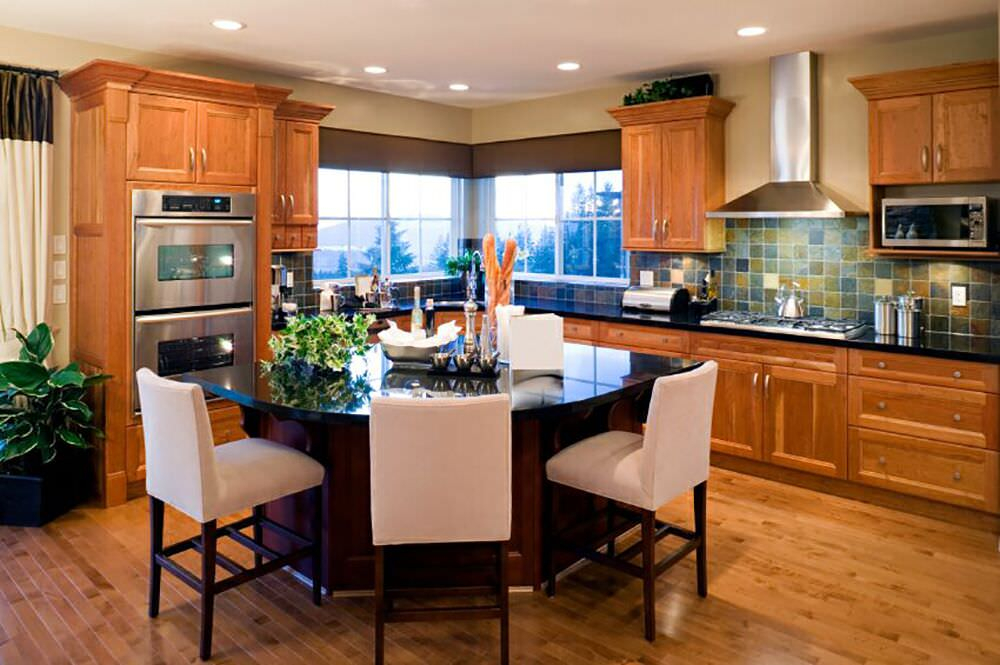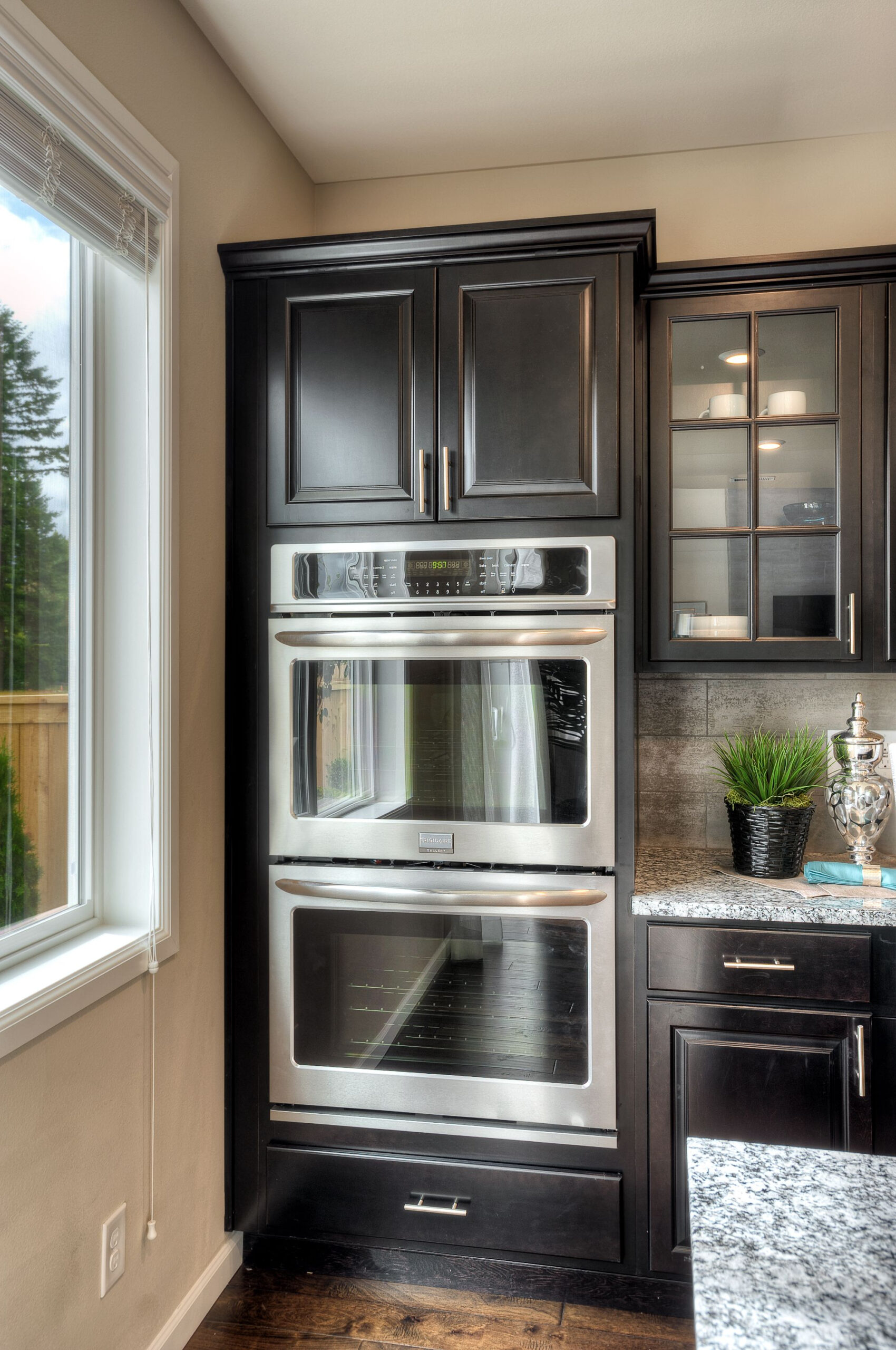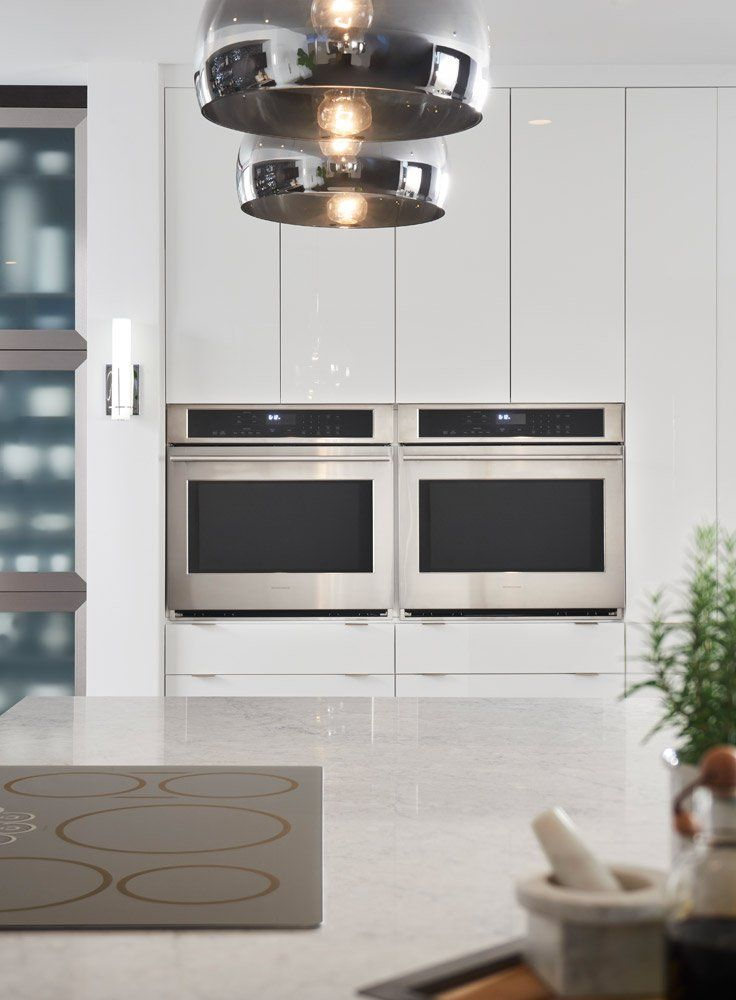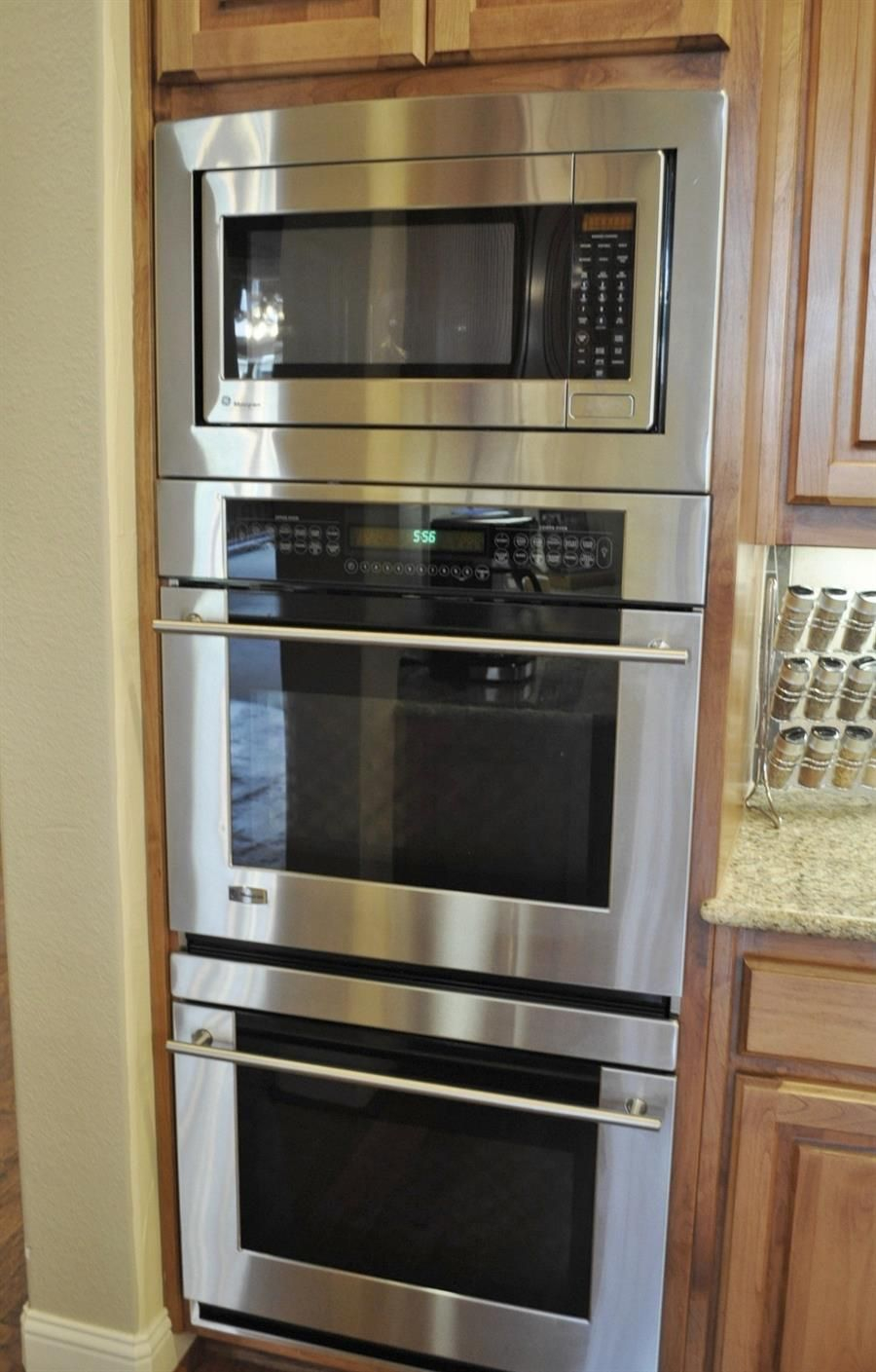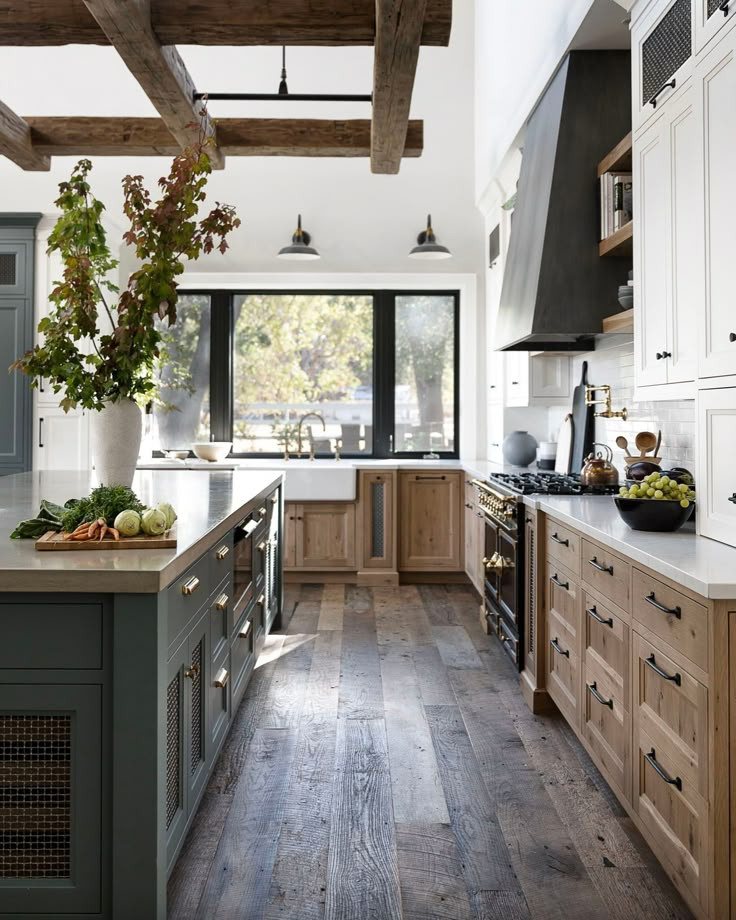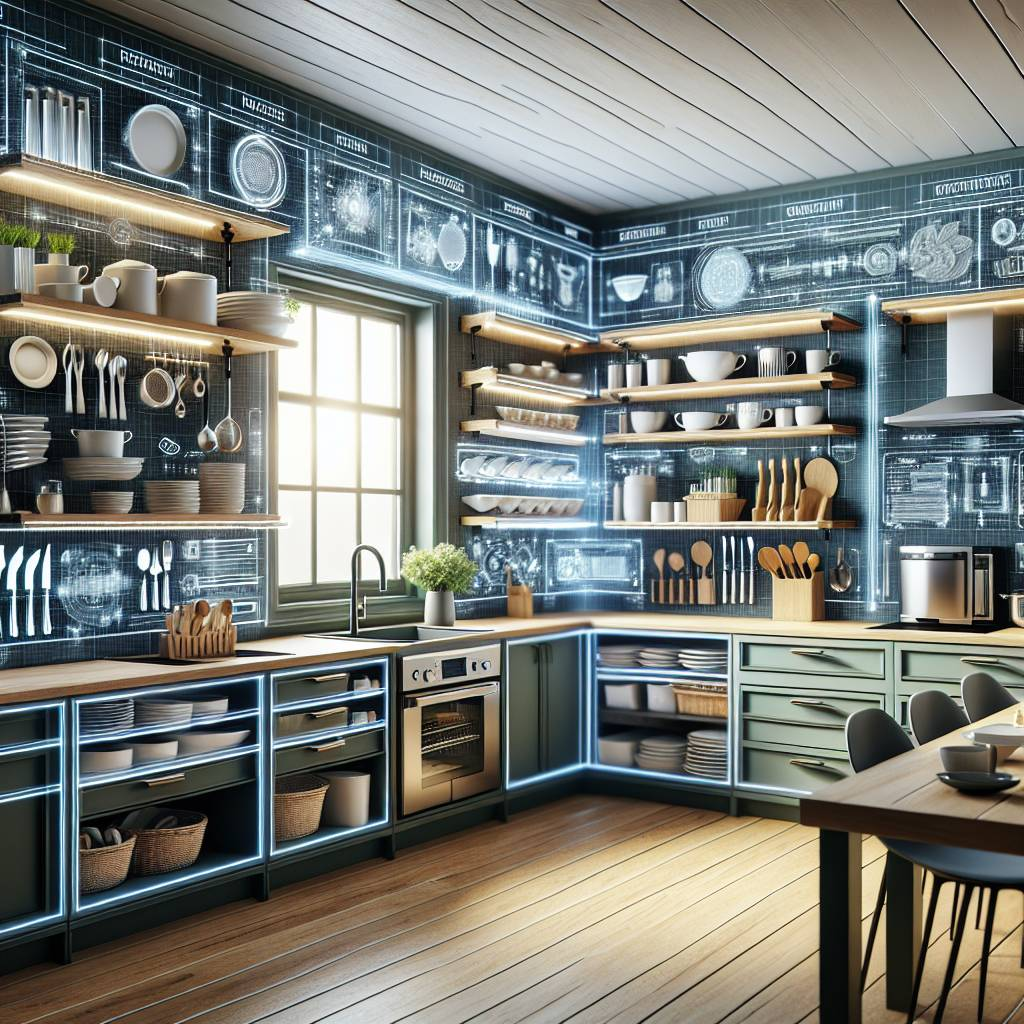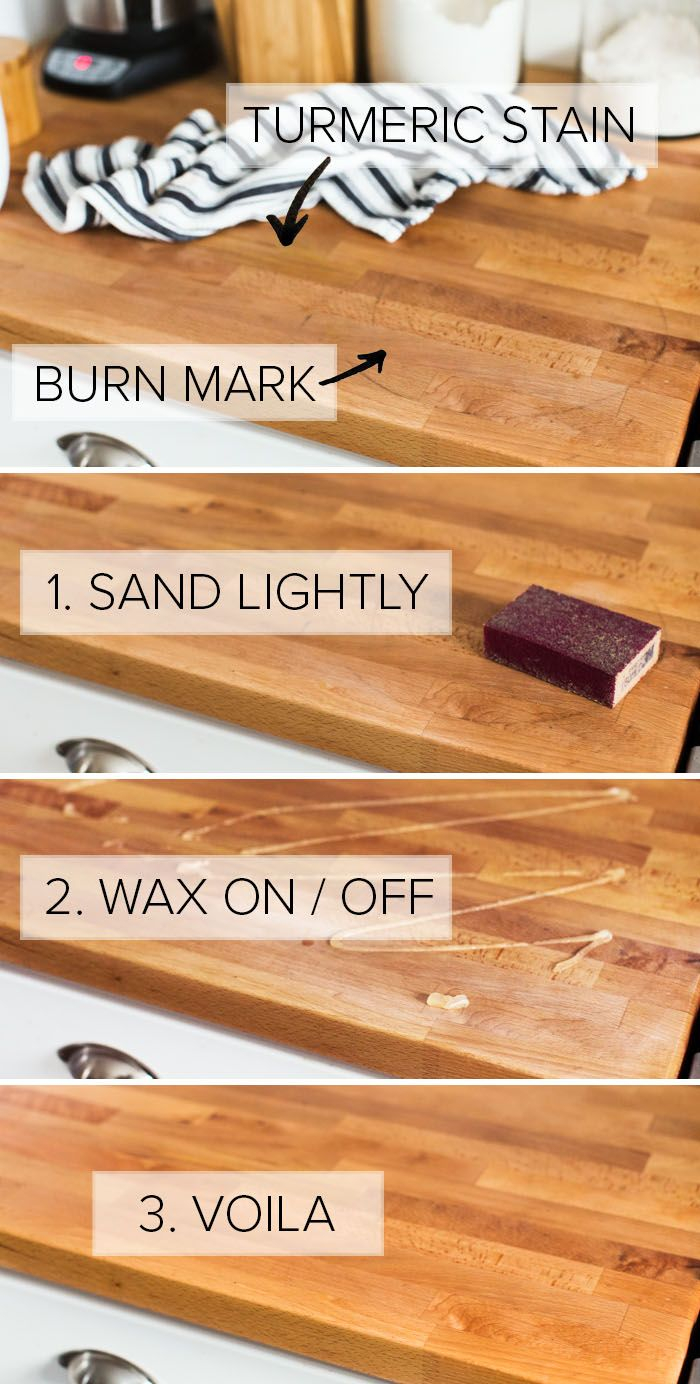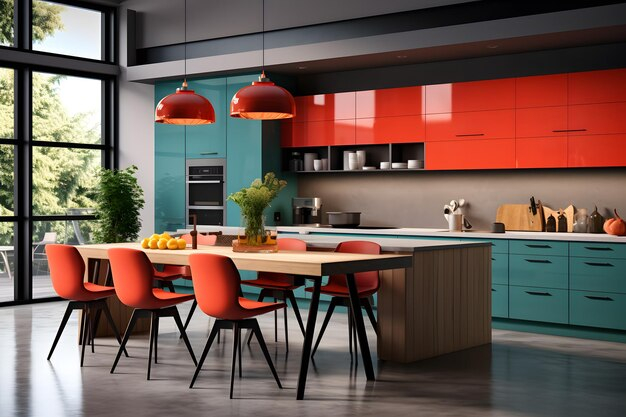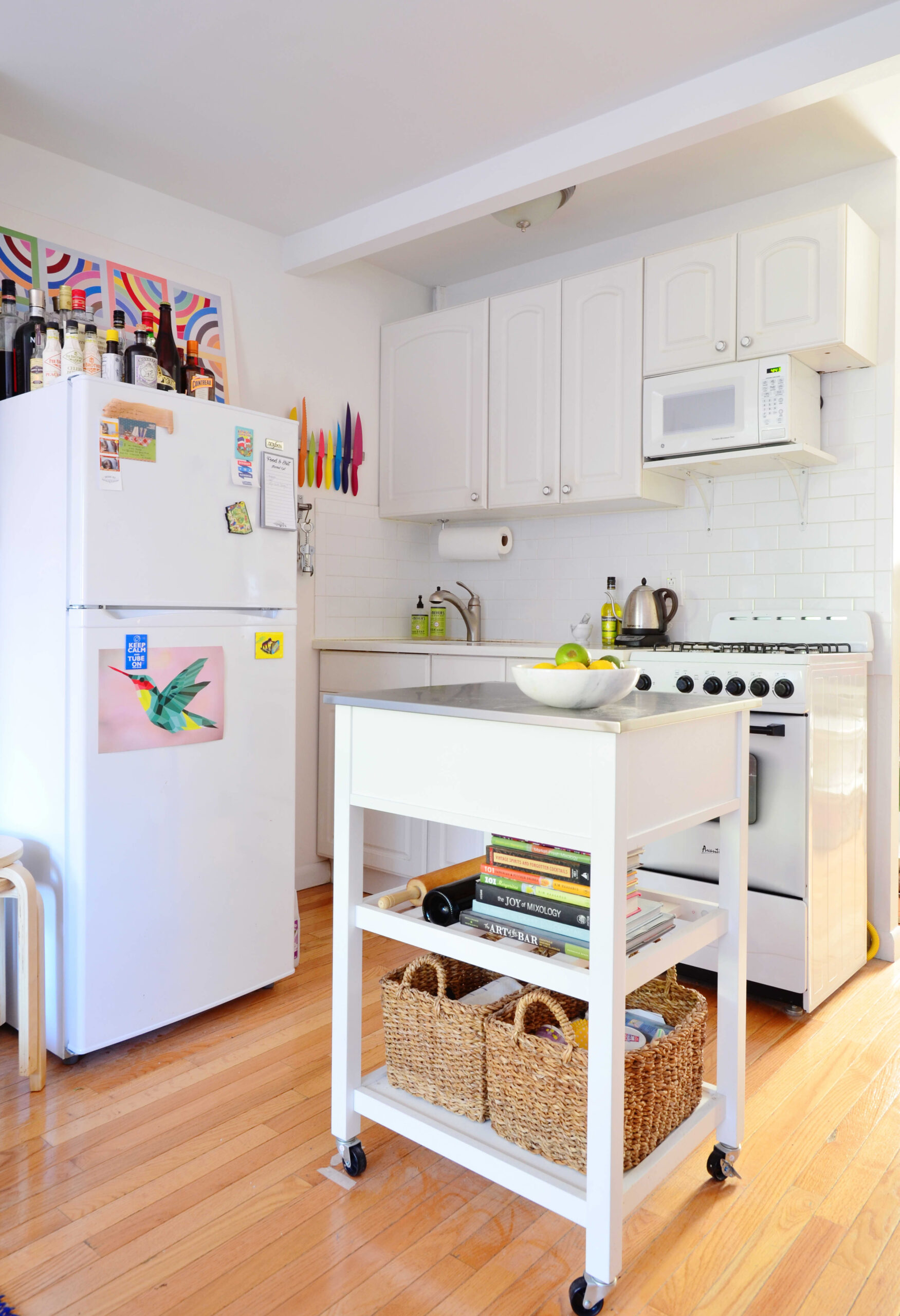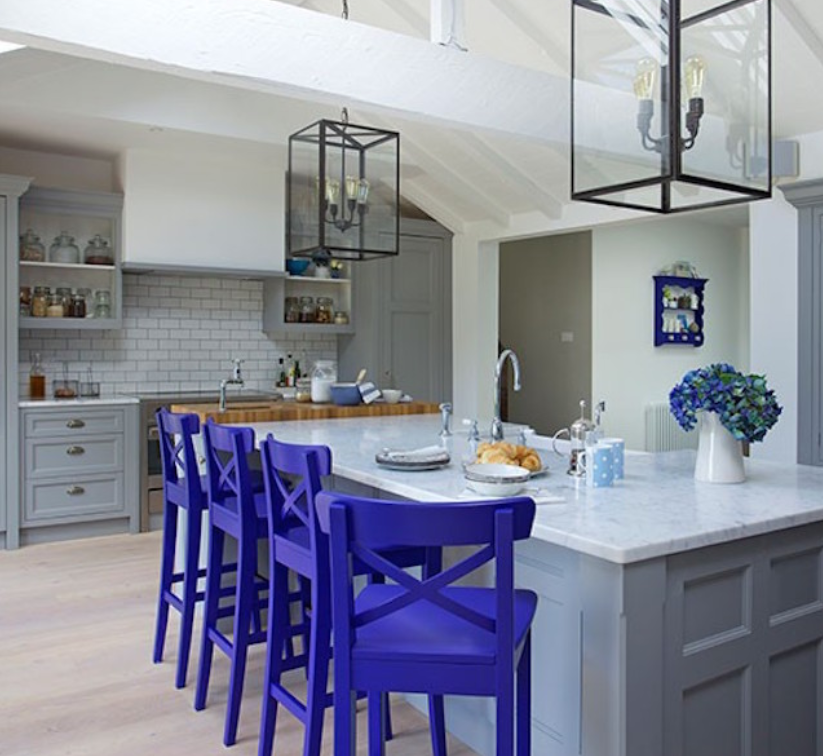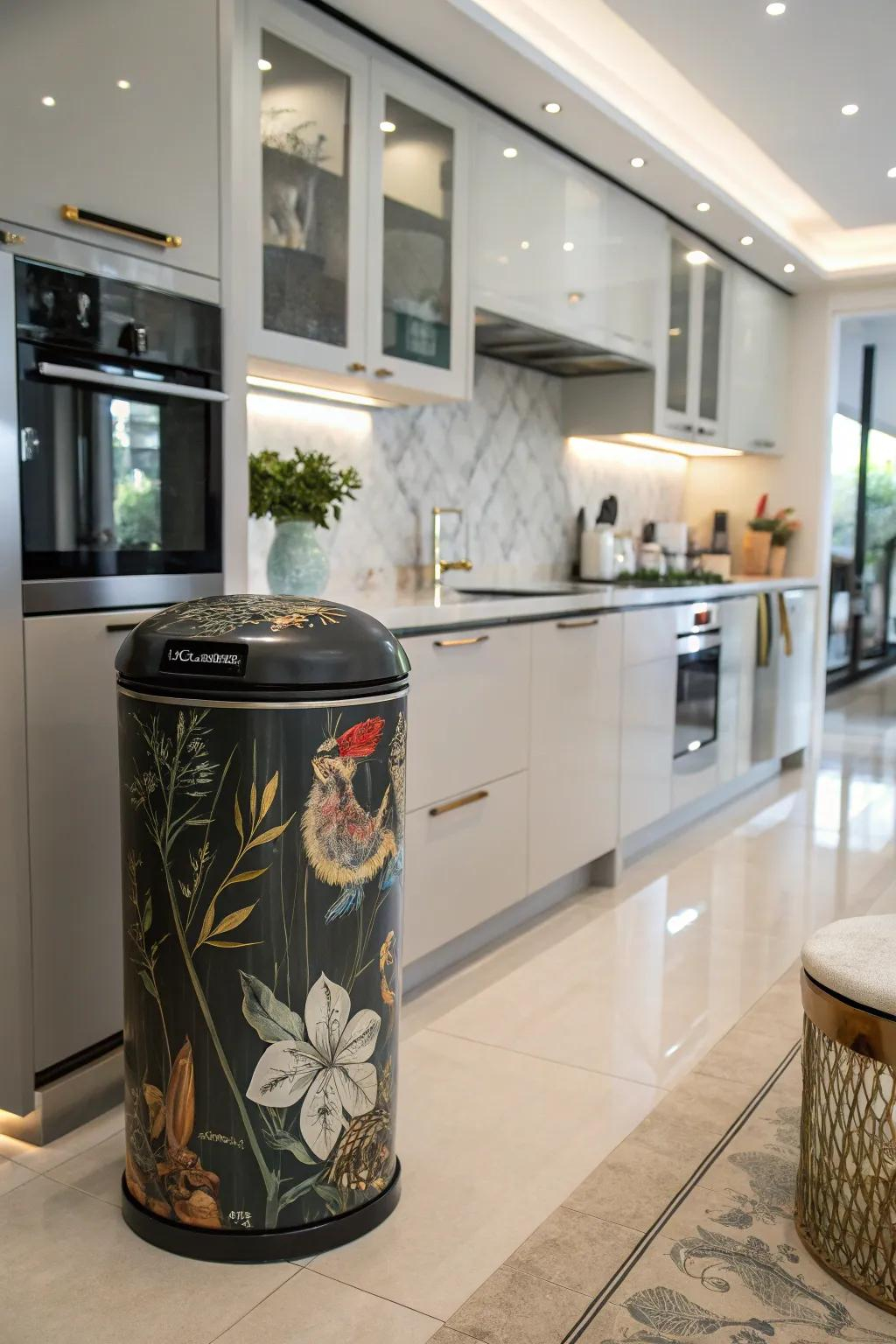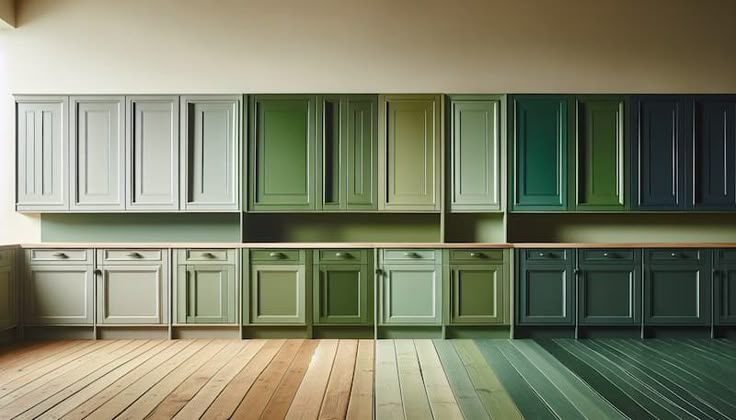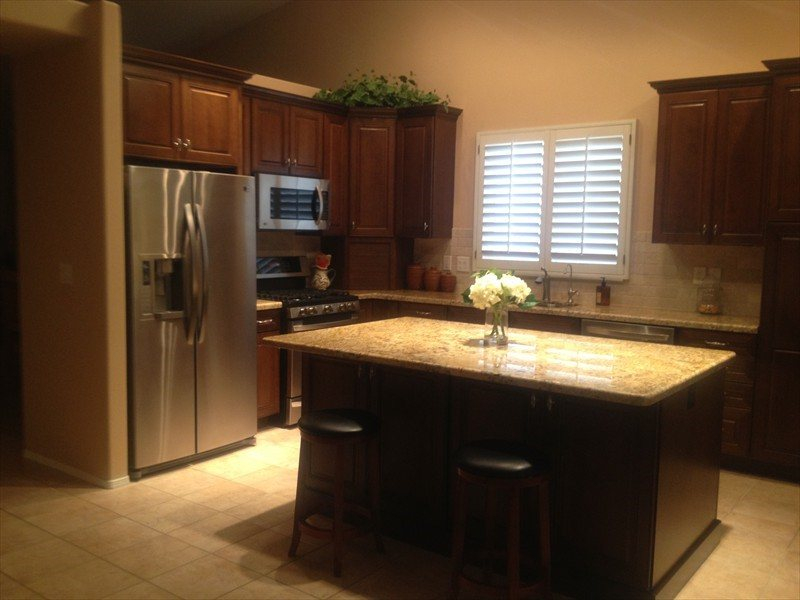Ever walk into a kitchen and just feel… right? The flow is seamless, everything’s within reach, and it just works. Often, a huge part of that magic comes down to how the appliances, especially those workhorses like double ovens, are situated. It’s not just about cramming them in; it’s about thoughtful placement that transforms your cooking experience from a chore to a joy. Let’s dive into how getting this right can truly elevate your culinary space.
We all love a beautiful kitchen, but aesthetics are only half the story. When it comes to double ovens, their placement is crucial for both practical and visual reasons. Think about it: are you constantly bumping into cabinet doors? Is the oven too far from your prep area? Or perhaps it’s awkwardly dominating a space that could be better utilized. Getting the placement spot-on means creating a kitchen that’s not only a feast for the eyes but also a highly efficient and enjoyable place to create culinary masterpieces. It’s about making your kitchen work for you, not against you.
Understanding Your Kitchen’s Layout and Workflow
Before you even think about screws and hinges, take a good, long look at your kitchen. What’s the general shape? Where do you typically do your prep work? Where’s the sink, and where do you often store your ingredients? These are the fundamentals. A kitchen is a workspace, and like any good workspace, efficiency is key. For double ovens, this usually means keeping them relatively close to your main prep zone and perhaps near the dining area for easy serving. Imagine prepping a roast, then needing to walk across the entire kitchen to put it in the oven. Frustrating, right? Maximizing the ‘kitchen triangle’ – the imaginary lines between your sink, refrigerator, and stove – is still a solid principle, even with a more complex appliance like a double oven. It’s all about minimizing unnecessary steps and creating a smooth, logical path from ingredient to finished dish.
The Classic Choices: Wall Ovens vs. Range Ovens
When we talk about double ovens, the most common setup is the built-in wall oven. These are typically installed in a cabinet, often under a cooktop or in a separate wall unit. This offers a sleek, integrated look and can be placed at a more ergonomic height, reducing the need to bend over constantly. You can position them at eye level for easier monitoring of dishes, which is a real back-saver. On the other hand, some ranges come with a double oven configuration, meaning both ovens are integrated into the same unit as the stovetop. While this saves space, it can sometimes mean bending lower for the second oven, and the proximity to the cooktop can be a consideration for heat and accessibility. The choice often depends on your available space and your personal preference for how you like to move around your kitchen.
Strategic Placement for Maximum Functionality
So, where exactly should these beauties go. One popular and highly functional placement is within a bank of cabinets, often adjacent to the refrigerator or pantry. This creates a dedicated ‘baking station’ or ‘cooking zone.’ If you have the space, consider placing them at counter height within a cabinet wall. This keeps them accessible and visually ties them into the cabinetry. Another thought is placing them on an island, but this needs careful planning to ensure it doesn’t disrupt the island’s primary function or create a safety hazard. Think about ventilation, too. Ovens generate heat and steam, so ensure there’s adequate air circulation and that they aren’t crammed too tightly next to other appliances or walls that could be damaged by heat. Proper spacing not only protects your cabinetry but also ensures the ovens function optimally.
Aesthetics and Integration: Making it Look Good
Beyond pure function, how your double ovens look is a big deal. Built-in wall ovens, when placed in a cabinet bank, can create a cohesive and streamlined appearance. They can be integrated with panel-ready fronts to match your cabinetry perfectly, making them almost disappear. If they’re a focal point, consider the surrounding materials. Stainless steel looks great against dark granite or a light quartz countertop. If you’re going for a more modern look, a sleek, handleless design can be very appealing. Think about the overall kitchen design. Do you want the ovens to be a subtle element, or a statement piece? The color, finish, and surrounding cabinetry will all play a role in how they integrate visually. And don’t forget lighting! Good task lighting around the oven area is essential for both safety and ambiance.
Common Pitfalls to Avoid
Let’s talk about what not to do. A common mistake is placing ovens too close to a doorway or high-traffic path. This can lead to bumped elbows and dropped dishes. Another no-no is situating them directly next to the refrigerator without adequate clearance. The heat from the oven can affect the refrigerator’s efficiency, leading to higher energy bills and potentially shortening its lifespan. Also, avoid placing them in a corner where cabinet doors might obstruct their opening, or where there’s very little landing space for hot dishes. Ensure there’s enough clearance around the oven doors when they are open – you don’t want to be playing Tetris just to retrieve your casserole. Finally, consider the height. While eye-level is great, placing them so high that you can’t easily see inside or reach the top rack can be problematic.
Making the Final Decision: Practical Tips
When you’re ready to make the call, consider these practical tips. First, measure everything meticulously. Not just the oven dimensions, but the cabinet space, surrounding doorways, and appliance clearances. Second, sketch out your kitchen and try different placements on paper. Visualize yourself moving and working in the space. Third, think about your cooking habits. Do you bake a lot? Do you often cook multiple dishes at different temperatures? If so, having them at a convenient height is even more important. Fourth, consult with your cabinet maker or contractor. They have valuable experience with appliance integration and can offer insights you might not have considered. And lastly, don’t be afraid to prioritize functionality over pure aesthetics if it means a more usable and enjoyable kitchen in the long run.
Ultimately, the best placement for your double ovens is one that makes your kitchen a more efficient, enjoyable, and beautiful space. It’s about understanding your own needs and how you use your kitchen day-to-day. By carefully considering layout, workflow, and aesthetics, you can ensure that your double ovens are not just appliances, but integral parts of a well-designed culinary hub. Take the time, plan wisely, and you’ll be rewarded with a kitchen that truly sings.

